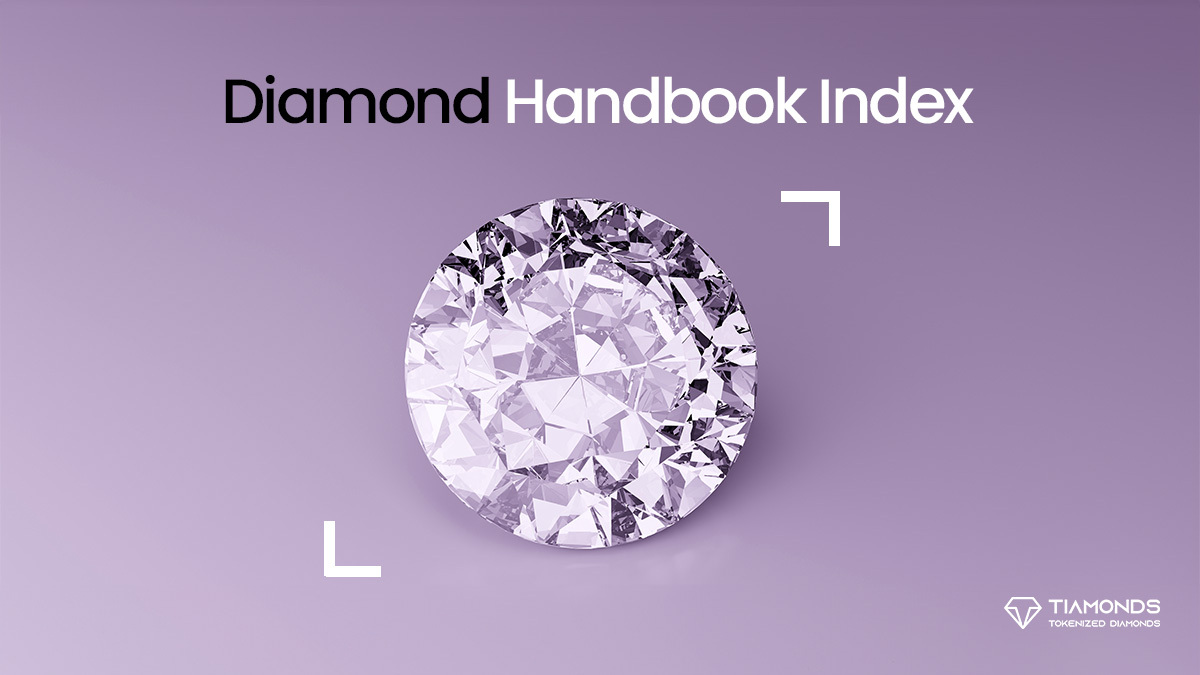The exceptional hardness and distinctive characteristics make the application of diamonds suitable for a variety of purposes beyond jewelry, despite their widely recognized elegance in engagement rings, earrings, and other exquisite jewelry pieces. A diamond’s solid appearance comes from carbon atoms arranged in a crystal structure known as a cubic. Graphite forms at normal pressure and room temperature. Diamond is the toughest known metal. It contains 99.95% carbon. The remaining 0.05 percent consists of the remnants of a few atoms that are considered impurities. This affects the element’s crystal shape and color. Applications of diamonds are not limited to jewellery but are extremely wide-ranging.
Uses of Diamonds
Industries
The most prevalent application for diamonds beyond fine jewellery is industrial. Due to their excessive hardness (a 10 on the Mohs scale), diamonds are highly effective for polishing, cutting, and drilling. Several industries, such as automotive, mining, and the military, utilize diamond saws and drills. Adding tiny diamond particles strengthens the bits used for drilling and sawing to cut difficult materials.
Diamonds, utilized as a rough in grinding, drilling, cutting, and refining, prove to be more cost-effective and efficient than other abrasives in various industrial processes because they cut faster and have a longer lifespan. A number of sectors, such as automotive, mining, and the military, employ diamond saws and drills.
Jewellery
These have a significant degree of visual dispersion, which makes them attractive and distinctive when combined with other metals such as platinum, gold, titanium, and so on. Diamonds are the traditional gemstone symbolizing eternal love and commitment, and they are commonly used in wedding and engagement jewellery. The fact that they have a reflective sheen and high durability makes them desirable for jewellery applications. Earrings, nose piercings, pendants, necklaces, etc. are the most common applications of diamonds. They are frequently the center of attention in designs, surrounded by other stones. As a precious stone, the diamond is an essential economic resource for many nations.
Cosmetics
Diamonds are used as a facial scrub. Some beauty gels incorporate domain gels to enhance the complexion. Obviously, the effect is temporary and expensive. The removal of dead skin cells by diamonds not only serves to whiten the complexion but also stimulates the formation of collagen.
Healthcare
Diamonds may also have health advantages. It is not referring to the ancient superstition that diamonds protect against the evil eye, but rather to legitimate medical research involving nanodiamonds. Nanodiamonds are diamond particles that are a lot smaller than a human hair.
With the application of diamonds and their reflective properties in healthcare, the researchers were able to observe the biological reactions that occurred after cancer medication was administered to patients.
Due to diamonds’ distinct connection to light, medical professionals have also considered employing them to assist the visually impaired. Scientists have examined diamonds as a potential component for artificial retinas and artificial eyes for the blind.
Audio Equipment
Some music lovers swear by diamonds of industrial quality to improve sound quality. Diamond speaker covers generate excellent sounds because diamonds are sufficiently hard to vibrate at high accelerations without breaking or degrading the sound quality. Moreover, diamond record needles are a standard component of superior music players and DJ instruments.
Recording styluses utilize sapphires as well, with their Mohs hardness rating of 9 expected to provide 75 to 100 hours of high-quality sound. Diamond record needles, rated at 10 on the Mohs scale, are anticipated to offer up to ten times that amount. One point on the Mohs scale can make a significant difference.
Automobiles
Automobiles are manufactured with diamonds, and some luxury automobiles also contain diamonds. In the automotive industry, the application of diamonds is to manufacture bearings, camshafts, and rotors for aircraft engines. This is achievable with regulated sharpening and the surface integrity maintained by these grinding wheels. Diamond honing wheels effectively finish asymmetrical shapes and surfaces, making them ideal for polishing ceramic automotive components. They ground aeronautical and aviation components that require an extremely tight tolerance. Manufacturers use diamond grinding devices to produce ultra-ceramic compressor seals for Space Shuttles and other custom metal parts.
Supercomputers
Diamonds are utilized in electronics and processors due to their high heat conductivity. Because of its high resistance to temperature, it serves as an excellent heat sink, absorbing excess heat to prevent microelectronics from overheating. Researchers are actively studying the creation and application of diamond wire in the design of quantum supercomputers. Information-storing supercomputers also utilize diamond computers.




